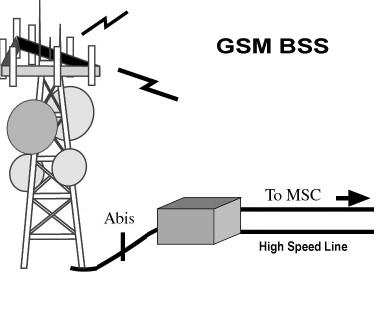Encyclopedia business card
The wireless networking characteristics given to base stations by GSM enable the realization of base stations in various forms, including macrocells, microcells, picocells, indoor and outdoor base stations, and wireless The limitation of frequency resources makes people more fully develop different applications of base stations to enhance coverage and absorb traffic-remote TRX, distributed antenna systems, optical fiber branching systems, repeaters.
Structure
It is composed of three parts: Switching Network Subsystem (NSS), Wireless Base Station Subsystem BSS and Mobile Station (MS). The interface between NSS and BSS is " A" interface, the interface between BSS and MS is "Um" interface.

Technology
Using the technique of depressing the upper hemisphere near side lobes and zero-value filling technology to achieve perfect pattern shaping.
The antenna impedance is designed to be well matched in the band and deteriorate sharply outside the band, thereby improving the anti-interference performance.
The key radiating parts adopt excellent conductive materials and three prevention measures to ensure the stability of the antenna's electrical performance.
The feed network adopts DC grounding technology to provide good lightning protection.
The feed system has no contacts that cause intermodulation interference.
Through special treatment and avoiding different metal materials, to prevent electrical corrosion.
Use low-loss and high-shielded feeders to improve the electrical performance of the antenna. Use high-density mold production to ensure low production consistency.
Using a shield with anti-ultraviolet radiation, high and low temperature resistance, high toughness, and good airtightness to improve the service life of the antenna.
The antenna is easy to install and set up, and the adjustment is flexible.
